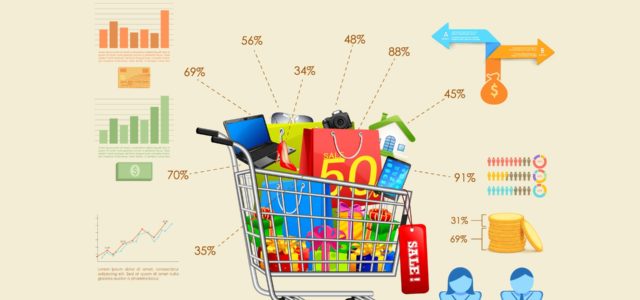The core model that most people use to explore and articulate the motivation, offerings and capabilities required to pursue an enterprise is the business model. This article explores our perceptions of the evolution of the business model artefact through four phases which we have named as versions (1.0, 2.0, 3.0 and 4.0).
Business model 1.0
This “version” encompasses the origins of business models, which were financial models reflecting the expected revenues for products and services being offered, the expected costs of producing, distributing or providing, and maintaining the products and services, and the resultant profits realised as a return on the investment made in establishing and operating the proposed business.
This model would be reviewed and revised as:
- opportunities or threats emerged in the market
- product / service offerings could be extended, refreshed or reduce
- improved efficiency and effectiveness needed to be or could be pursued
Business model 2.0
The next version emerged in the dot.com era and was formalised by Alex Osterwalder in his work and articulation of Business Model Canvas. This work established an ontology for the business model, in terms of the domains of information that required attention and articulation, covering:
- Customer segments
- Channels
- Relationships
- Key capabilities
- Partners
- Cost structure
- Revenue streams
This ontology and associated tools have seen widespread adoption, with consulting services available to support startups through to large corporates in developing an expression of their business model(s).
Business model 3.0
This version takes the concepts in Business Model Canvas and extends them further based on a systems view of an enterprise and the environment in which it operates.
This encourages greater attention to the enterprise-as-a-system and the enterprise-as-a-part-of-broader-systems. In doing so, attention is given to:
- the broader value chain of which an enterprise is part
- the potential for enterpise suppliers to provide services directly to enterprise-customers (circumventing the value proposition of the enterprise)
- the creation of new market dynamics through adoption of market platforms, shared economies and other market disruptions
This evolution explores these dimensions as they apply to the dynamic relationships which exist in the market environment, as shown in the following figure.
Business model 4.0
The fractal application of business model might entail development of the business model for:
- an organisation
- a marketing capability
- a production capability
- a supplier chain capability
- a corporate wide capability (eg. people management)
exploring the dynamics arising from the application of business models to enterprise-subsystems, enterprises-as-organisations, and multi-organisational enterprises.
In practice, this requires an iterative approach:
- to the application of business models and operating models
- each component of the operating model being considered an enterprise-in-focus to which the next level of business model and operating model is applied
Maturity
Use of these models can be considered in terms of maturity, starting with a simple financial model (level 1) and eventually maturing to integrated application from individuals to the Board (level 4).
At what level of modeling maturity:
- do you operate as a leader for your role and your team?
- does your organisation operate?
- does your industry or region operate?
- does your nation operate?
This outlines the essential elements of the manner in which business model development is applied in any circumstance that we encounter.
Article by channel:
Everything you need to know about Digital Transformation
The best articles, news and events direct to your inbox
Read more articles tagged: Business Model, Featured










